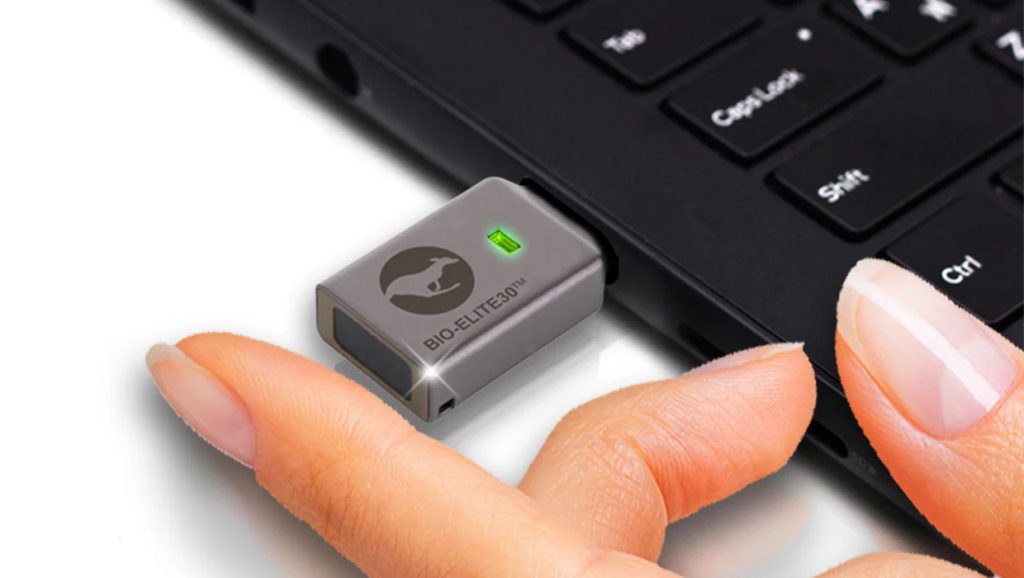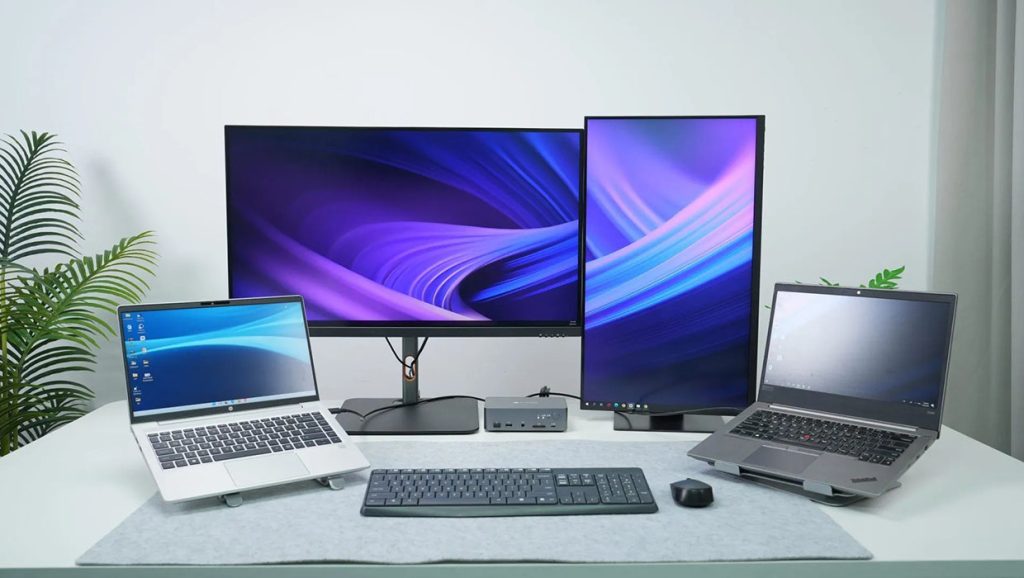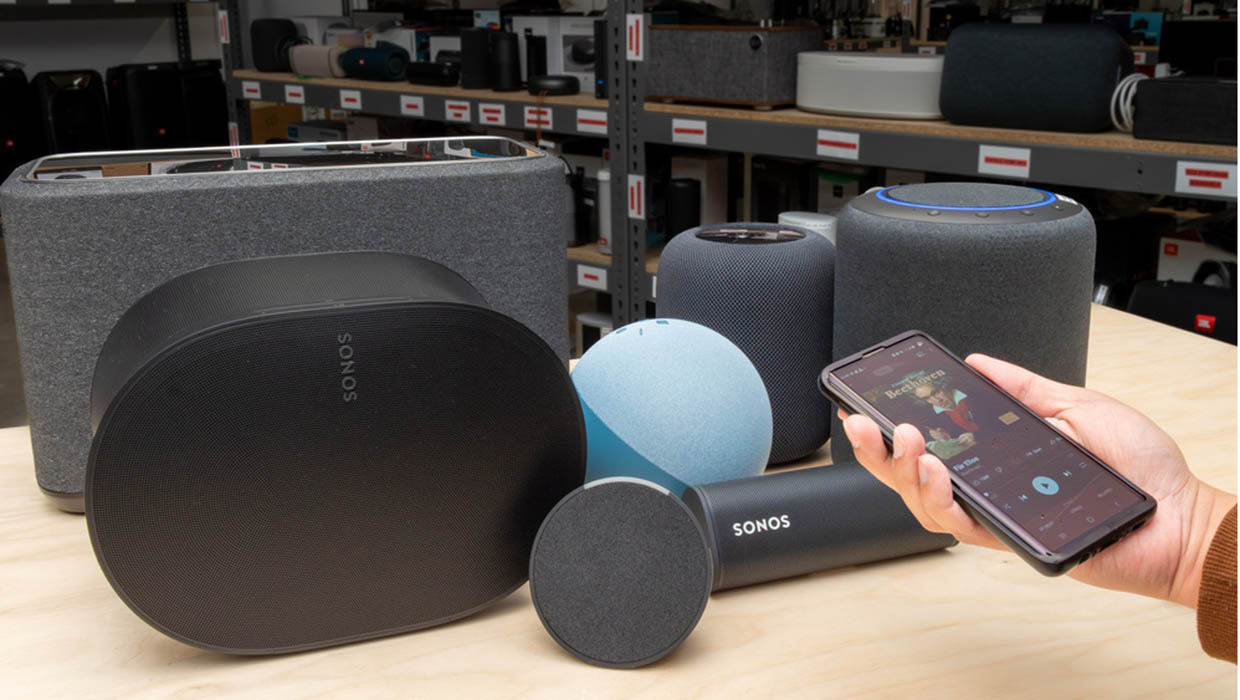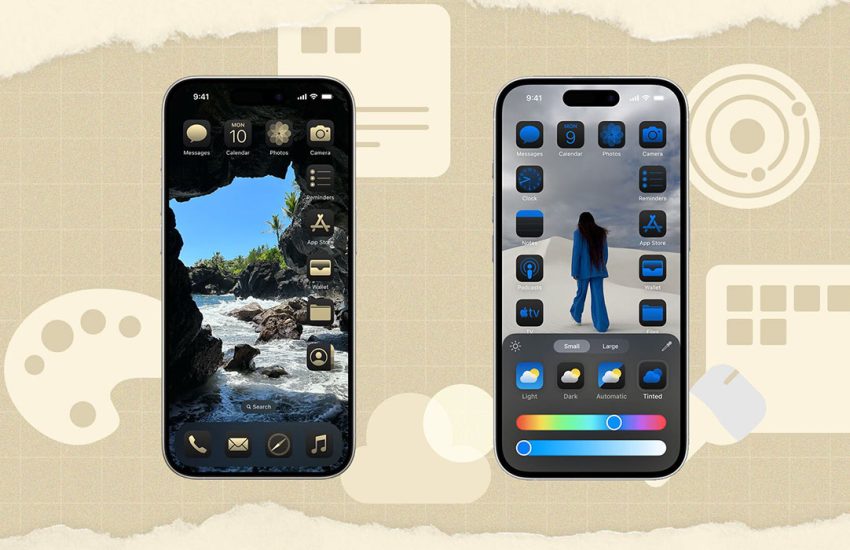10 Practical Tips to Extend the Lifespan of Electronic Devices: A Cost-Saving and Eco-Friendly Guide
In today’s fast-paced digital world, electronic devices are being replaced at an increasingly rapid rate. From smartphones to laptops, Bluetooth earphones to home routers, many gadgets are deemed obsolete within just a couple of years. However, most electronic products are originally designed with lifespans far exceeding their so-called “average service period.” Premature failure is often the result of improper use or neglect.
Gazelle.com – Buy Smart. Sell Easy.
Trade in your old phone, tablet, or laptop at Gazelle.com and get instant cash offers.
Or shop certified pre-owned devices that look and work like new — all fully tested and guaranteed.
Simple. Secure. Sustainable.
If everyone could use their devices for just one more year, billions of tons of electronic waste and natural resources could be saved worldwide. More importantly, adopting the right usage habits can help you avoid frequent replacements and reduce expenses.
I. Charging Strategy: Don’t Let the Battery Be the Weak Link
Whether it’s a smartphone, laptop, or wireless earphone, the battery is often the most vulnerable component. Here are some ways to slow down battery aging:
1. Avoid Overcharging or Deep Discharging
The ideal charge range for lithium batteries is between 20% and 80%. Although modern devices have built-in overcharge protection, leaving them plugged in at 100% for extended periods can still accelerate battery degradation. Try to keep your battery level between 30% and 85% in daily use.
2. Charging Overnight? Better Not Leave It Plugged In All Night
Many people charge their phones or tablets before bed and leave them connected until morning. Even though charging stops at 100%, remaining at a high voltage level for hours can damage the battery. Try charging to about 80% before bed and topping up during the day.
3. Use Original or Certified Chargers and Cables
Low-quality chargers can cause voltage instability, power surges, and overheating, which not only damage batteries but also pose fire risks. Always use original chargers, or certified brands (like Anker, Baseus, etc.) from trusted platforms such as Amazon or JD.com.
II. System Updates: Moderate, Not Blindly Obsessive
Keeping software updated is generally good practice—but not always the best option for older devices.

4. Old Devices Don’t Always Need the Latest System Updates
For example, Apple devices may support updates for years, but newer systems can overwhelm older hardware, causing lag or overheating. For devices used more than three years, it’s often better to stick with a stable version and disable auto-updates.
5. Update Firmware, BIOS, and Drivers Only When Needed
For PCs and smart home devices like routers or smart speakers, occasional updates can fix bugs and improve stability. However, always back up your data before updating and make sure your device is fully charged or plugged in.
III. Physical Cleaning: Not Optional, but Essential
Dust, moisture, and grease may seem harmless but are often silent killers of electronics.
6. Regularly Clean Ports, Keyboards, and Ventilation Areas
Dust in charging ports or headphone jacks can cause connection issues. Hair or lint in fans and vents can block heat dissipation. Use a soft brush, alcohol swabs, or air blowers to clean monthly. Never use sharp metal tools or wash with water.
7. Use Dust Plugs and Protective Cases to Block Contaminants
Devices used in kitchens, cars, or outdoors need extra protection. Use high-quality cases for phones and tablets. Laptops can benefit from keyboard covers and dust guards to protect against coffee, moisture, or ash damage.
IV. Storage Habits: Leaving Space Is Not Wasteful
Hard drives and flash storage wear out faster with excessive read-write operations. Avoid overloading them to extend life.
8. Leave at Least 20% Free Space on Your Drives
Whether HDD or SSD, performance drops sharply when space is nearly full. The system slows down and crashes may occur. Regularly clear cache, delete duplicates, and enable disk optimization features.
9. Avoid Frequent Plugging/Unplugging of USB Devices or Hot Removal
Unplugging USB or SD cards without safe removal can lead to data loss or chip damage. Always close active programs and use the “eject” function to safely remove external drives.
V. Usage Environment: Mind the Temperature, Humidity, and Placement
External conditions can significantly shorten your device’s lifespan.
10. Avoid Long-Term Use in Extreme Heat or Cold
Most electronics are designed to operate between 0°C and 35°C. Direct sunlight can cause overheating, swelling batteries, or automatic shutdowns in summer. In winter, battery performance drops dramatically. Use insulated bags or sleeves when outdoors.
11. Don’t Place Devices Near Windows or Damp Areas
Humidity can short-circuit circuit boards and corrode interfaces. Avoid placing devices near windows, humidifiers, or bathrooms. Keep them in dry, ventilated places and consider silica gel packs or dehumidifier boxes for extra protection.

VI. Other Small but Crucial Tips
Besides the points above, here are several equally important practices:
- Calibrate battery periodically: Do a full discharge and recharge cycle every two months to help recalibrate battery reporting.
- Avoid playing intensive games or videos while charging: Dual heating from battery and processor speeds up component wear.
- If storing devices for a long time, charge to about 50% and turn them off: Prevent deep discharge and permanent battery damage.
- Back up data regularly: No matter how durable the device, data is the most irreplaceable asset.
- Read the user manual and follow official usage tips: Every brand has unique recommendations for charging, heat management, and power settings. Ignoring these could lead to unnecessary issues.
VII. The Ultimate Secret to Long-Lasting Electronics: Respect, Not Reliance
Too many people treat electronics as disposable. Use, replace, repeat. But with rising costs and growing environmental concerns, extending the life of your gadgets is both economically wise and ecologically responsible.
“Technological advancement” shouldn’t just mean better specs or new features—it should also mean smarter, more responsible usage. These 10 practical tips may not make your devices immortal, but they can certainly keep them running longer, better, and more reliably.
Starting today, take better care of the devices that have served you for hundreds—perhaps thousands—of hours. They deserve more than you might think.


